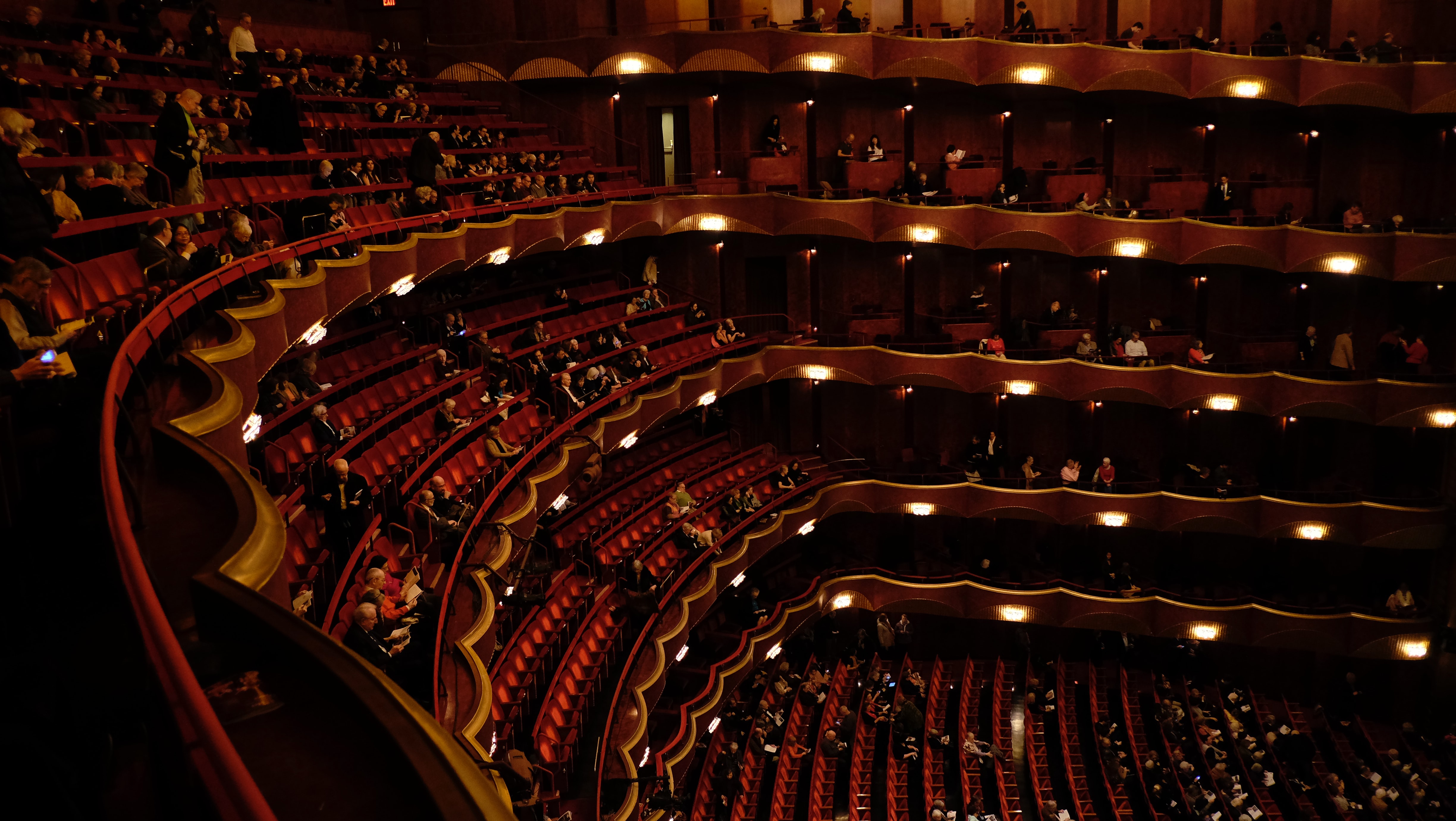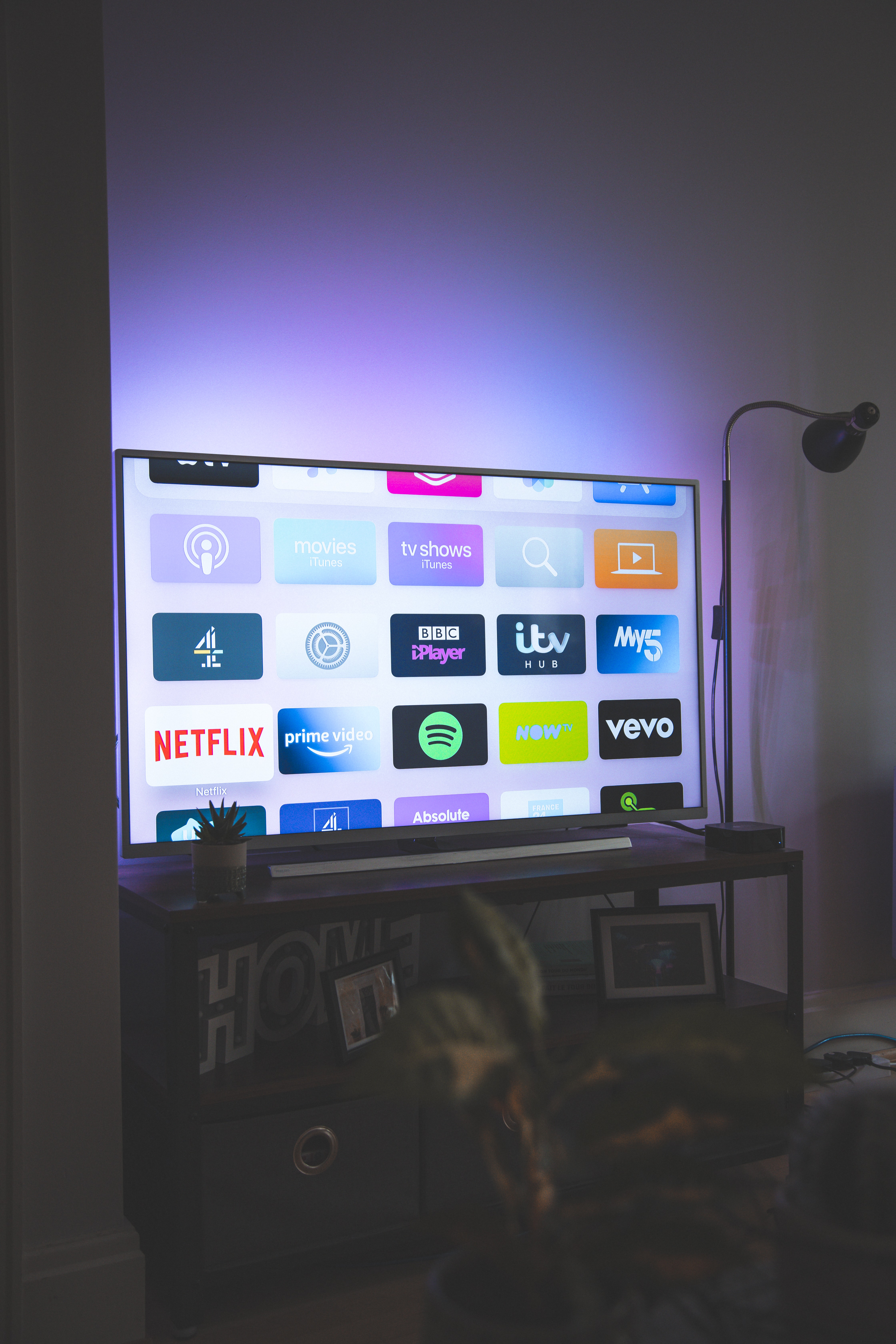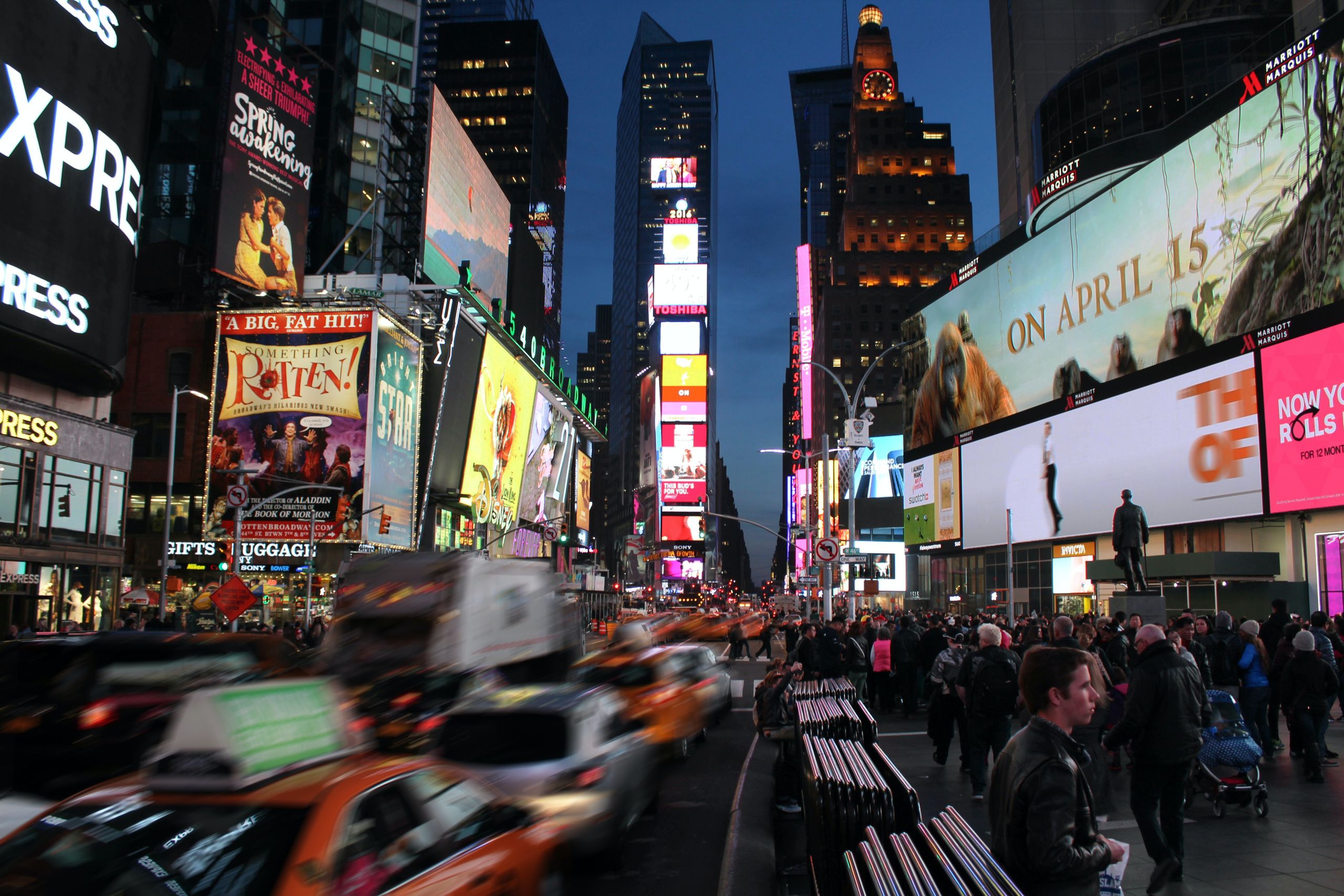As a Broadway fanatic, I know lots of other theater kids wish they could see their favorite shows in the comfort of their own homes. So far, we’ve made do with “slime tutorials” on YouTube. But with the release of “Hamilton” on Disney+ during the pandemic, theater kids around the world have been waiting for Broadway to release more shows online or On Demand.
In my 19 years, I have seen two shows on official Broadway stages. The first was Andrew Lloyd Webber’s “Phantom of the Opera” on my 14th birthday. The second was Anaïs Mitchell’s “Hadestown.” Both times, it was a whole day ordeal: the excitement the night before, the train ride into the city, seeing the sights, getting home afterward, exhausted but so satisfied. Both memories are so profound, and on those days nothing could go wrong.
Unfortunately, not every theater lover can have these experiences. Broadway tickets are expensive. Then there’s food, souvenirs, maybe even Uber costs for the whole day. Streaming services like Netflix and Disney+ are on just about everyone’s TV and subscriptions to those services are much cheaper than Broadway tickets, which can range from $200-$500 or more.
I believe that theater tickets are expensive, maybe even too expensive. However, I also believe that Broadway is an experience matching the expenses of a vacation for a reason. Going to see a Broadway show should be a special event, where you can’t sleep the night before and spend the day in Manhattan before attending a show you’ve been positively dying to see.
Slime tutorials on YouTube
Due to copyright ad union issues, no one is supposed to record or take pictures during any live theater. But for years, bootleg versions of Broadway shows have been posted on YouTube.
YouTube obviously doesn’t want to be held responsible for breaking Broadway’s rules, so they’ve taken down a lot of these bootlegs. However, some YouTubers found a particular loophole, and that loophole is called a “slime tutorial.”
In 2016, the DIY slime trend—a recipe including contact lens solution and shaving cream– took over social media. But if you search YouTube for a slime tutorial, over half the videos will contain Broadway bootlegs.

They come in a variety of titles, such as “pie flavored slime tutorial (feat. jeremy jordan and shoshana bean)“or “Definitely not a slime tutorial of Frozen Broadway musical bootleg | Ciara renee – Mckenzie kurzt.” Because they are labeled as slime tutorials, YouTube’s algorithm doesn’t flag them as a bootleg, and the public can watch these shows without paying for a ticket.
Almost any show, whether Broadway or a high school production, can be found under these slime tutorial titles, however terrible or surprisingly good they may be.
COVID-19 on Broadway
Everyone knows the pandemic ruined a lot of things. One of the most impacted art forms was live theater. When the pandemic began, I was a junior in high school. Our spring musical just closed, and I was gearing up for my next summer show. Suddenly, the world ended. Every show was shut down. Virtual performances weren’t happening yet, and everyone was still learning to navigate Zoom.
Actors lost jobs and turned to social media for a creative outlet and extra income. The pandemic hit Broadway hard. Even once Broadway opened back up in September 2021, actors and audiences risked, and often caught COVID-19, closing reopened shows. Broadway is still recovering from the losses.
Streaming for Broadway: the pros and cons
I believe that if Broadway were to release their already recorded production videos to the public, it would be a positive. Of course, there would be limitations necessary to keep the integrity of Broadway alive. For example, Broadway keeps recordings of older shows stored in the New York Public Library Theatre on Film and Tape archive at the Lincoln Center, but these are only available on a limited basis. As long as you have a New York Public Library card, you are able to access these records, however, these shows are filmed for research purposes, not entertainment. There are very strict rules as to how long you are allowed to view the shows and how many people can watch them with you. Only older productions are stored there, and newer shows are not available for viewing, which are typically the shows people want to go see.
Disney+ and other streaming platforms like Netflix offer filmed versions of some shows, so why doesn’t Broadway do the same? BroadwayHD is a

subscription-based streaming platform similar to the Lincoln Center archives, with the lack of newer shows available to be viewed. A subscription for this service is $11.99 a month, however, those dollars may not be worth the content. The titles available on this streaming service are very limited, and most of the titles are older shows that aren’t relevant to today’s Broadway hits. The public’s reaction to the release of “Hamilton” was astronomical, and it actually improved in-person ticket sales. If newer shows were released on this platform for public viewing, in-person ticket sales could soar.
This was a frequent topic of discussion when Disney+ began releasing movies on their platform, rather than letting movie theaters make a profit from showing the film. However, watching at home is never the same experience as attending in person, especially with shows that include audience interaction, like “Heathers” or “Six, the Musical.”
Because of the difference between live and recorded performances, having the musical available for streaming could encourage ticket sales, so audiences can experience the differences for themselves. By making the shows more accessible, Broadway could gain a whole new population of viewers.
Of course, there will still be people who will choose to watch free bootlegs on YouTube, but in the grand scheme of things, spending $20 a month rather than over $500 for one day sounds much more appealing to general audiences. I know theater fans who would absolutely spend $20 a month on a subscription to watch current Broadway productions, myself included. And it is truly amazing.



